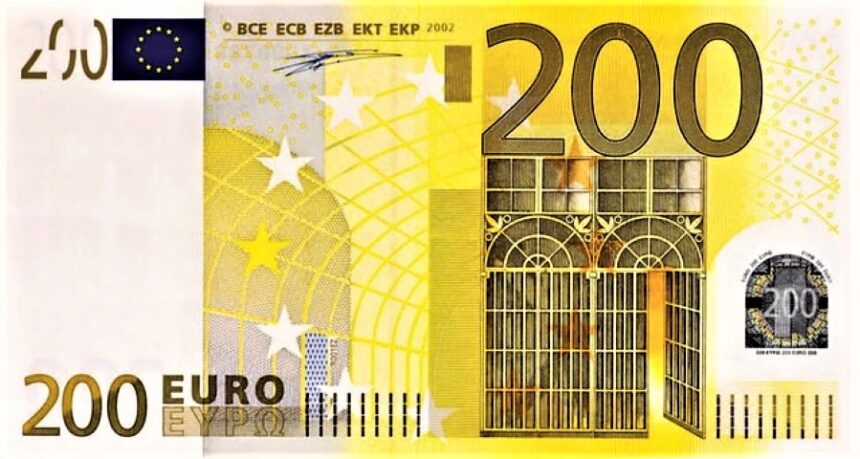EURUSD recovered to 1.0900 after the ECB slashed key interest rates by 25 basis points.
The EURUSD rose in Thursday’s early New York session after the European Central Bank (ECB) cut key interest rates by 25 basis points (bps). The main refinancing operations rate drops to 4.25%, while the deposit facility rate falls to 3.75%. The policy choice has been consistent with market expectations. The ECB has also provided the newest inflation predictions. Which indicate that the Eurozone’s annual core inflation is at an The average is 2.8% in 2024, 2.2% in 2025, and 2.0% in 2026.
The ECB forecasts annual core inflation of 2.8% in 2024, 2.2% in 2025, and 2.0% in 2026.
ECB policymakers had already signaled their plan to decrease essential borrowing rates by 25 basis points. Because they were confident that inflation would return to the target rate of 2%. Meanwhile, watch for clues about the interest rate direction from ECB President Christine Lagarde’s news conference.
While authorities had previously guaranteed a rate drop. They were hesitant to specify a clear policy path beyond June because the struggle against inflation was not yet won.
The final leg of the price index returning to the central bank’s desired rate of 2% appears to be stickier than predicted due to stubbornly higher service inflation. Which is heavily driven by wage increases. and enhanced the Eurozone’s economic prospects. Service inflation reached 4.1% in May, the highest level in seven months. Following a straight contraction in the last two quarters of 2023, the Gross Domestic Product (GDP) increased by 0.3%.
In terms of interest rate policy, ECB officials are unlikely to commit to any more rate cuts in July or at any other meeting. And will instead rely on data. Currently, financial markets expect the ECB to decrease interest rates twice more this year.
Daily market movers: The EURUSD has risen to 1.0900, despite the USD Index being stable at 104.00.
The US Dollar Index (DXY), which analyzes the value of the Greenback versus six major currencies, recovers from the critical level of 104.40.
Previously, the USD Index fell to 104.00 as the impact of a robust United States (US) Institute for Supply Management (ISM) Services Purchasing Managers Index (PMI) data for May was offset by weaker labor market momentum.
The ISM Services PMI, which measures service sector activity. Which accounts for two-thirds of the economy, rebounded in May, rising to 53.8 from estimates of 50.8 and 49.4. During the same period, the New Orders Index. Which measures forward demand, increased to 54.1 from 52.2 in the previous edition.
Meanwhile, US labor market conditions appear to have begun to normalize under the pressure of the Federal Reserve’s (Fed) more than two-year restrictive policy framework. US JOLTS Job Openings Data For April and ADP Employment Change for May came in below expectations and previous readings.
Easing labor market strength has also strengthened market hopes that the Fed will begin lowering interest rates in September. According to the CME FedWatch tool, there is a 68% possibility that interest rates will fall from their current levels in September. The possibility has increased dramatically from 50% just a week ago.
The US NFP will have a big impact on market expectations for the Fed rate cut in September.
Investors will now focus on the May US Nonfarm Payrolls (NFP) data, which will be released on Friday. The NFP data is likely to reveal that companies employed 185K new employees, up from the previous release of 175K.









